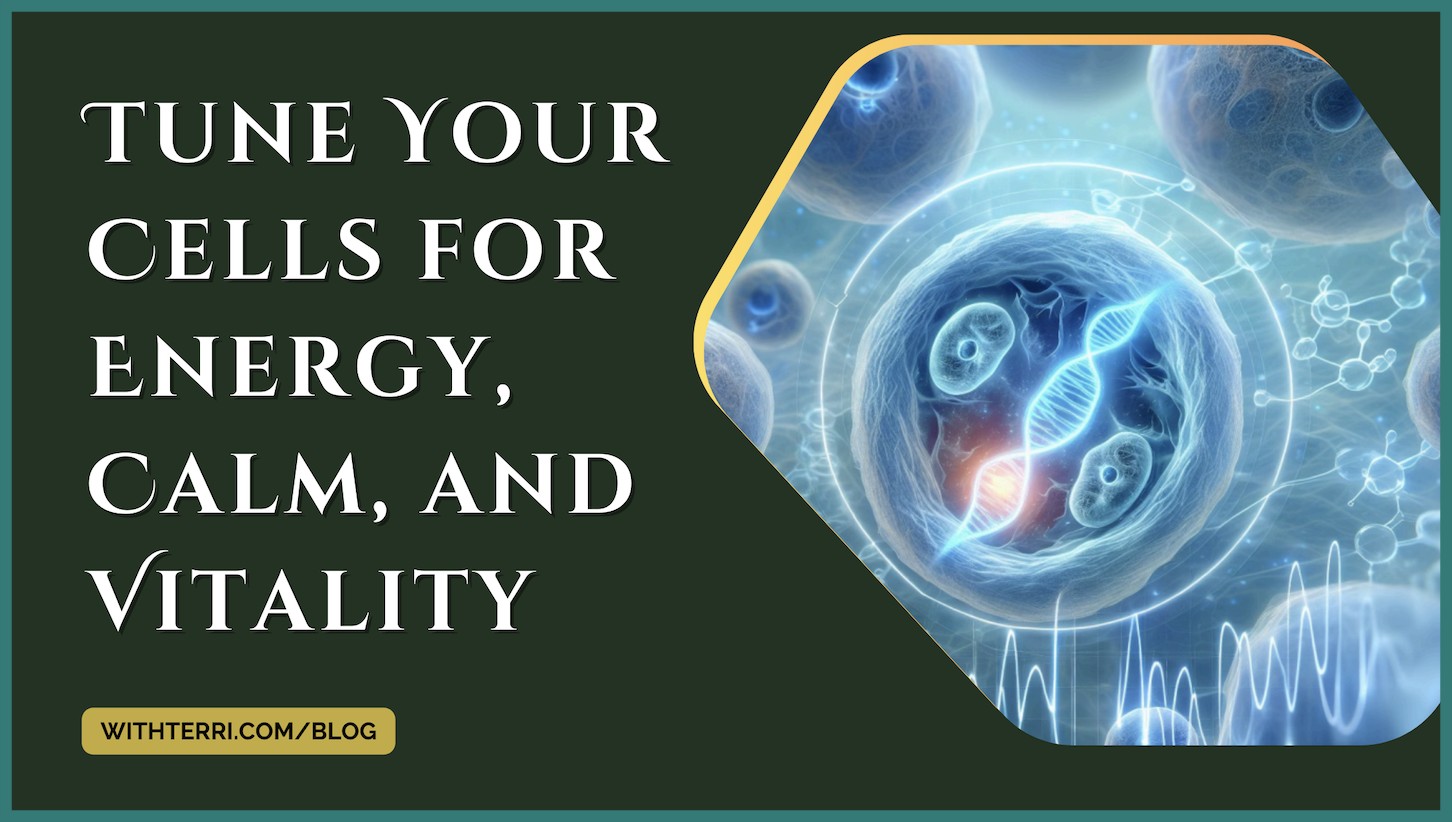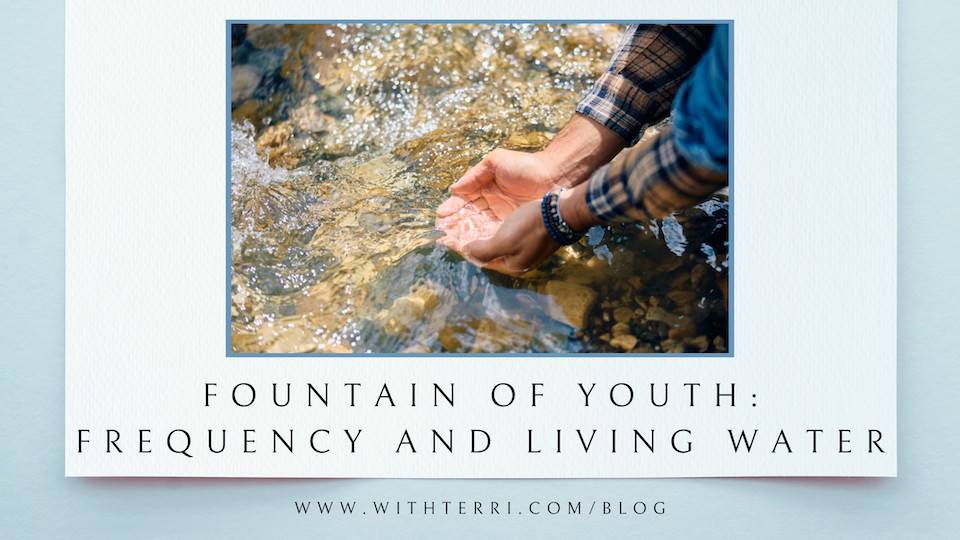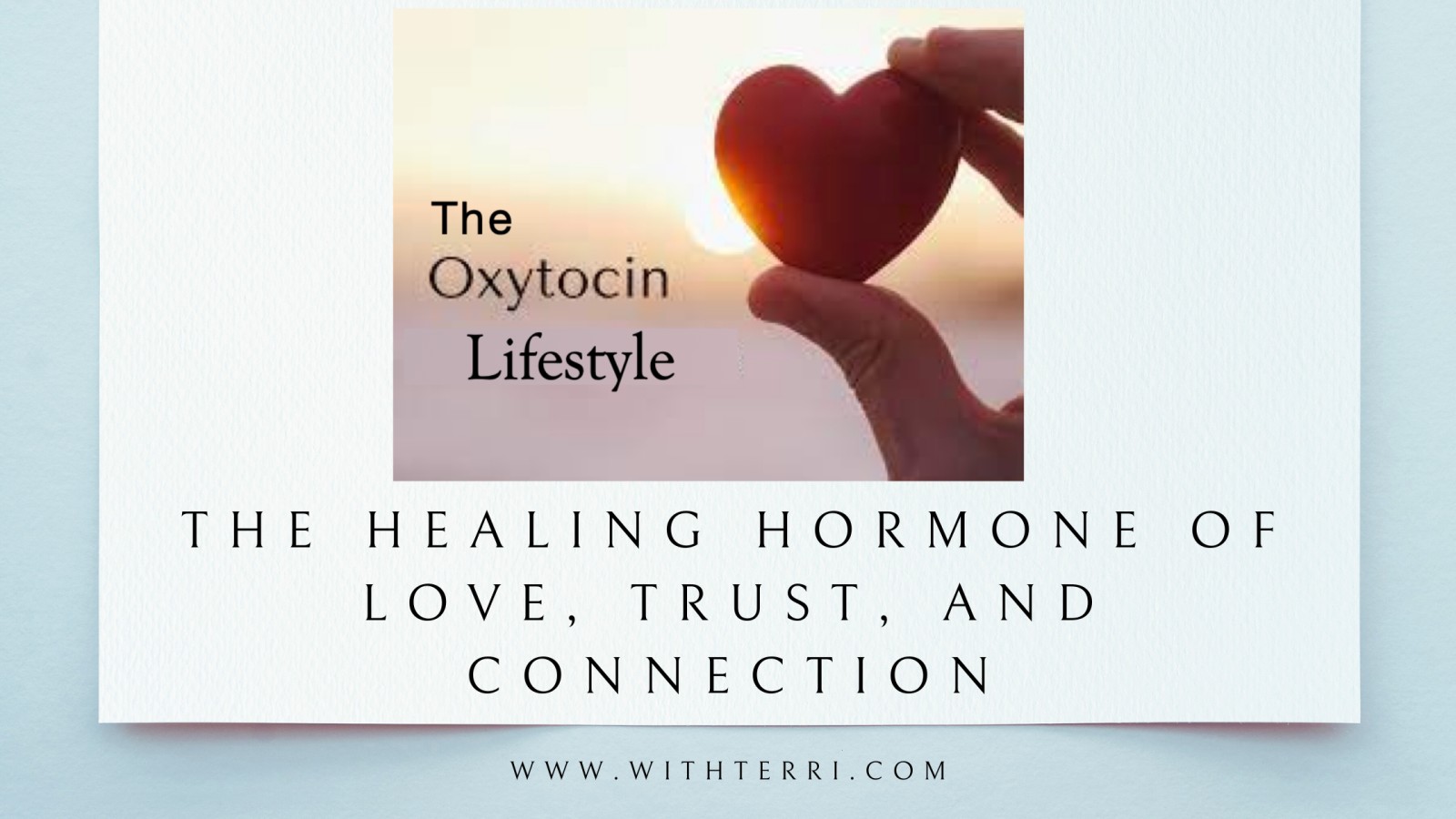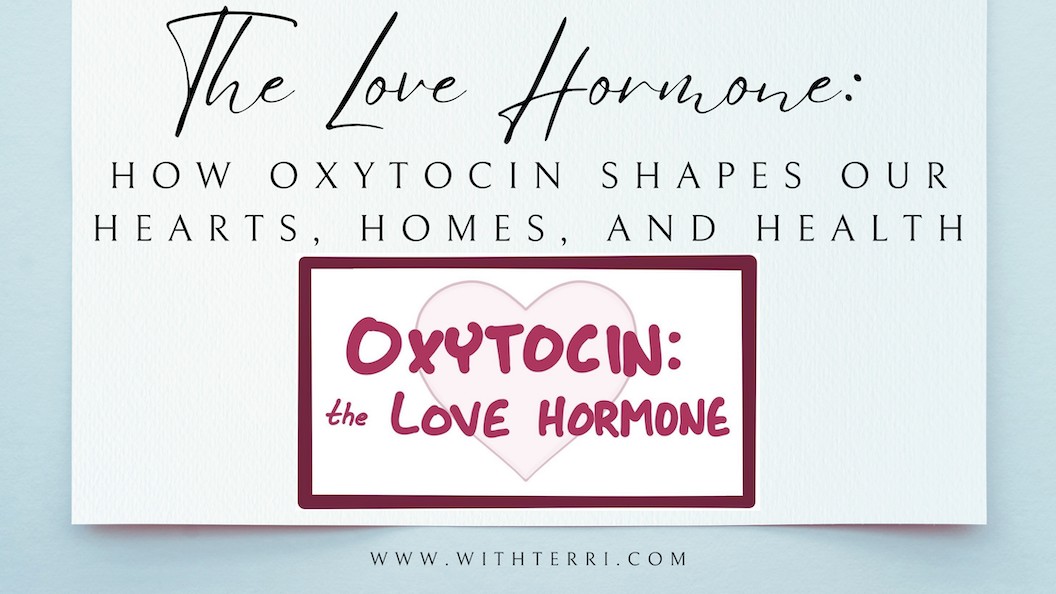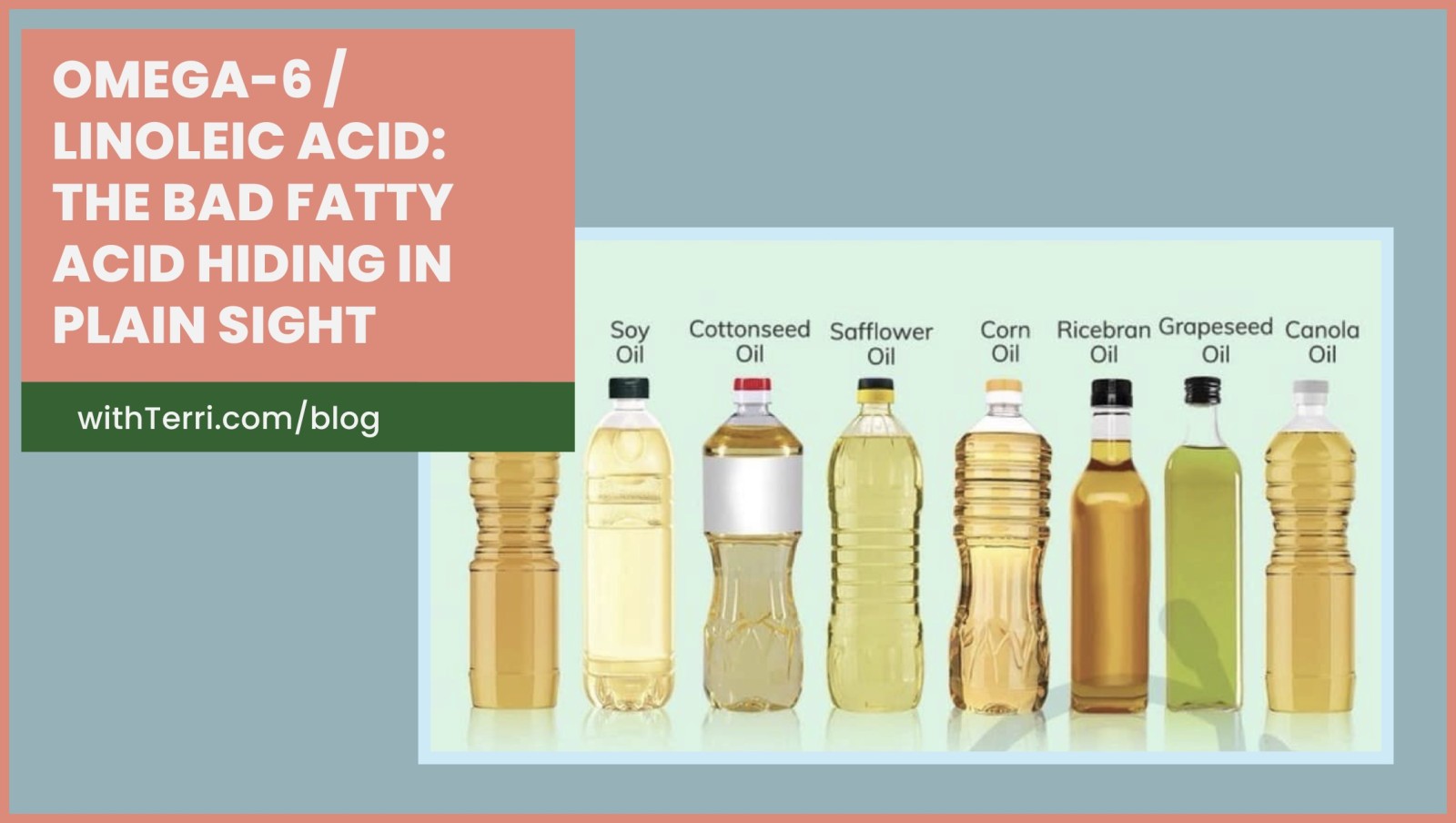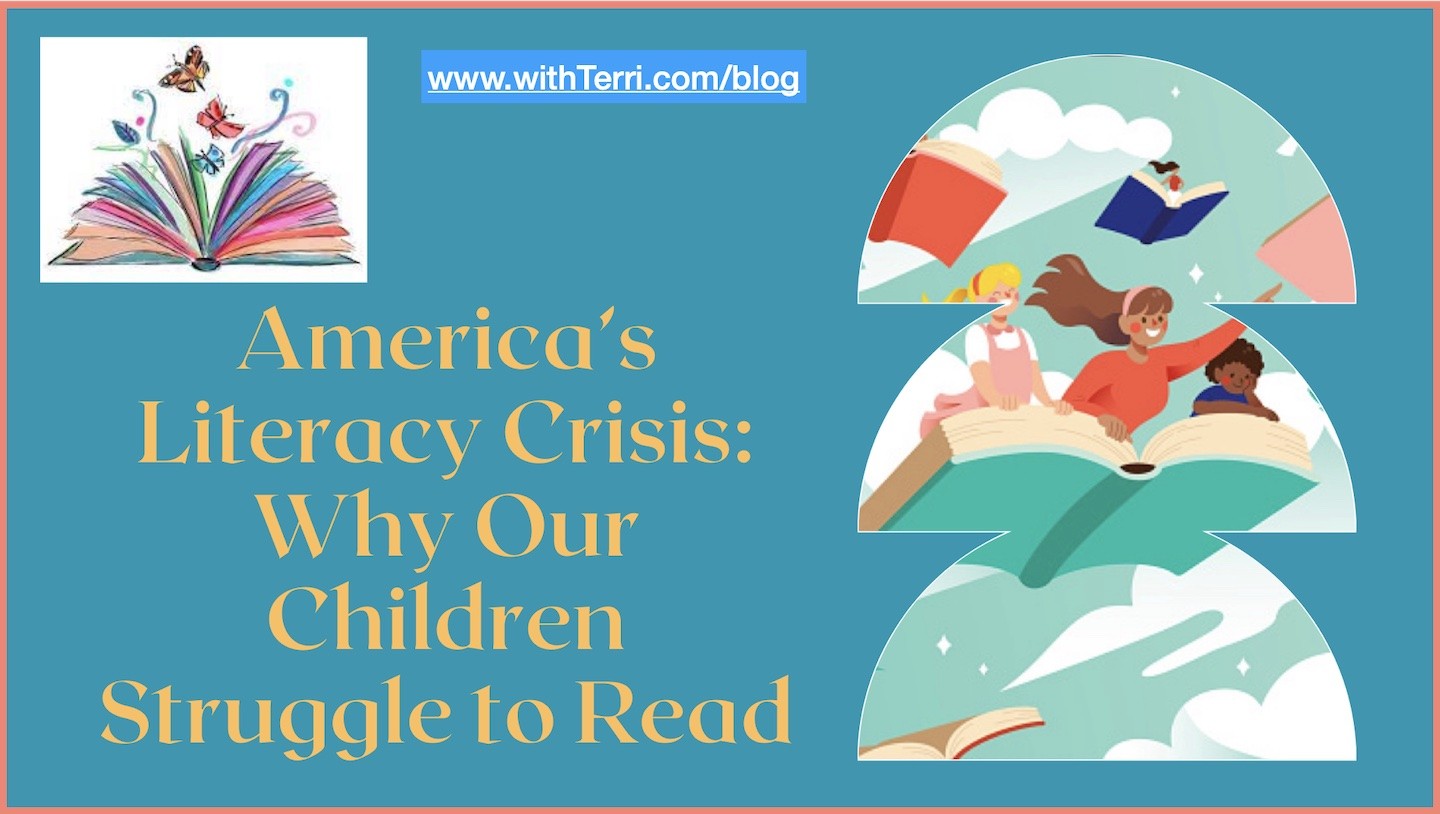 Jólabókaflóð: The Joy of a Bookish Christmas Tradition
Jólabókaflóð: The Joy of a Bookish Christmas TraditionImagine a Christmas Eve surrounded by candlelight, a cozy blanket, and the crackling of a fire—all while you’re immersed in the pages of a new book. This magical tradition, known as Jólabókaflóð (pronounced yo-la-bok-a-flothe), or "The Christmas Book Flood," comes from Iceland. Every year, Icelanders exchange books on Christmas Eve and spend the night reading and drinking hot chocolate or spiced mulled wine or cider.
This custom began during World War II when imports were restricted, but paper was one of the few things not rationed. Books became the perfect Christmas gift, and the tradition stuck. Even today, the majority of books in Iceland are sold between September and December, leading up to the festive season. It’s a beautiful way to connect with family and escape into the world of stories during the holiday.
Read more...
As Christmas approaches, consider a gift that goes beyond material presents—the gift of courage and resilience. Stories of hope, triumph, and enduring virtue can shape the hearts and minds of both children and adults, fostering critical thinking and moral strength. From historical accounts of great figures to timeless fables and adventurous tales, these narratives inspire grit and perseverance. Whether discussing the heroic deeds of George Washington or role-playing scenes from "The Chronicles of Narnia," sharing stories becomes a way to build mental fortitude, enrich family traditions, and create lasting memories this holiday season.
List of multiple recommended books, stories, and fairy tales provided.
Read more... Transform your Thanksgiving table with two delicious and health-boosting recipes! Discover the tangy, gut-friendly goodness of Fermented Cranberry Sauce, a unique twist on a holiday classic. Then, warm up with Spiced Apple Cider infused with collagen and a touch of essential oils for a cozy, nutrient-packed treat. These recipes combine festive flavors with wellness benefits, making them perfect for a season of gratitude and health.
Transform your Thanksgiving table with two delicious and health-boosting recipes! Discover the tangy, gut-friendly goodness of Fermented Cranberry Sauce, a unique twist on a holiday classic. Then, warm up with Spiced Apple Cider infused with collagen and a touch of essential oils for a cozy, nutrient-packed treat. These recipes combine festive flavors with wellness benefits, making them perfect for a season of gratitude and health.
Thanksgiving is a time to reflect on gratitude and the traditions that bring us together. In Thanksgiving Then and Now, we journey through its evolution—from George Washington’s proclamation to Abraham Lincoln’s revival during the Civil War, and the adaptations made during the Great Depression and World War II. Each era reveals the resilience and creativity of Americans, finding ways to celebrate even in times of hardship.
Alongside this historical exploration, enjoy a heartfelt poem capturing the spirit, The First Thanksgiving Day, where gratitude and hope took root in the New World. Dive into this blend of history and inspiration to enrich your holiday season and rediscover the meaning of Thanksgiving today.
 Gratitude is more than just a feeling—it’s a powerful practice that can transform our lives. Inspired by the groundbreaking research of Masaru Emoto, who showed how words and thoughts can affect water molecules, we can apply the same concept to our daily lives. Gratitude has the ability to positively impact our physical and emotional well-being, improving everything from heart health to stress levels. By incorporating simple activities like thank-you notes, daily gratitude rituals, and using Gratitude Essential Oil, we can support our minds, bodies, and spirits. Whether through changing our perspective or taking a moment each day to reflect on our blessings, gratitude has the power to shape our experiences and the world around us. Join us as we explore how practicing gratitude, both individually and as a family, can lead to greater happiness, resilience, and connection, creating harmony and beauty in our lives.
Gratitude is more than just a feeling—it’s a powerful practice that can transform our lives. Inspired by the groundbreaking research of Masaru Emoto, who showed how words and thoughts can affect water molecules, we can apply the same concept to our daily lives. Gratitude has the ability to positively impact our physical and emotional well-being, improving everything from heart health to stress levels. By incorporating simple activities like thank-you notes, daily gratitude rituals, and using Gratitude Essential Oil, we can support our minds, bodies, and spirits. Whether through changing our perspective or taking a moment each day to reflect on our blessings, gratitude has the power to shape our experiences and the world around us. Join us as we explore how practicing gratitude, both individually and as a family, can lead to greater happiness, resilience, and connection, creating harmony and beauty in our lives. November brings a season of gratitude and Thanksgiving, and while sharing thanks around the holiday table is tradition, the act of gratitude itself holds deeper benefits. Practicing gratitude doesn’t just lift our mood; it has a remarkable impact on our brains, releasing dopamine and serotonin to enhance emotional resilience and boost positivity. Research even shows that regular gratitude can reduce stress hormones, promoting better sleep, less physical pain, and an overall healthier body. Grateful people also tend to enjoy stronger relationships and show greater empathy, qualities that enhance both mental and physical health. By making gratitude a daily practice, we create a ripple effect that improves not only our own well-being but the lives of those around us. Dive into the science and start building your own habit of gratitude for a healthier, happier season ahead.
November brings a season of gratitude and Thanksgiving, and while sharing thanks around the holiday table is tradition, the act of gratitude itself holds deeper benefits. Practicing gratitude doesn’t just lift our mood; it has a remarkable impact on our brains, releasing dopamine and serotonin to enhance emotional resilience and boost positivity. Research even shows that regular gratitude can reduce stress hormones, promoting better sleep, less physical pain, and an overall healthier body. Grateful people also tend to enjoy stronger relationships and show greater empathy, qualities that enhance both mental and physical health. By making gratitude a daily practice, we create a ripple effect that improves not only our own well-being but the lives of those around us. Dive into the science and start building your own habit of gratitude for a healthier, happier season ahead. As an RN since 1975, I've observed the annual push for flu shots from October through March, raising questions about why flu cases peak during these months. Yes, colder weather brings us indoors, but could there be other factors? Consider the high-sugar, high-carb holiday diet from Halloween through Valentine’s Day. Could these food choices be weakening our immune systems? Rather than focusing only on flu vaccines, it’s worth exploring how natural lifestyle shifts—like balanced nutrition, quality sleep, stress management, and exercise—can boost immune resilience. Avoiding grains, which can spike blood sugar and inflammation, and nourishing the body with foods rich in omega-3s, zinc, selenium, and vitamins D and C can also help. Simple practices like good hygiene, moderate exercise, and immune-supporting supplements further strengthen defenses. Let’s look beyond shots and antivirals and embrace habits that truly support immunity through flu season and beyond.
As an RN since 1975, I've observed the annual push for flu shots from October through March, raising questions about why flu cases peak during these months. Yes, colder weather brings us indoors, but could there be other factors? Consider the high-sugar, high-carb holiday diet from Halloween through Valentine’s Day. Could these food choices be weakening our immune systems? Rather than focusing only on flu vaccines, it’s worth exploring how natural lifestyle shifts—like balanced nutrition, quality sleep, stress management, and exercise—can boost immune resilience. Avoiding grains, which can spike blood sugar and inflammation, and nourishing the body with foods rich in omega-3s, zinc, selenium, and vitamins D and C can also help. Simple practices like good hygiene, moderate exercise, and immune-supporting supplements further strengthen defenses. Let’s look beyond shots and antivirals and embrace habits that truly support immunity through flu season and beyond.




